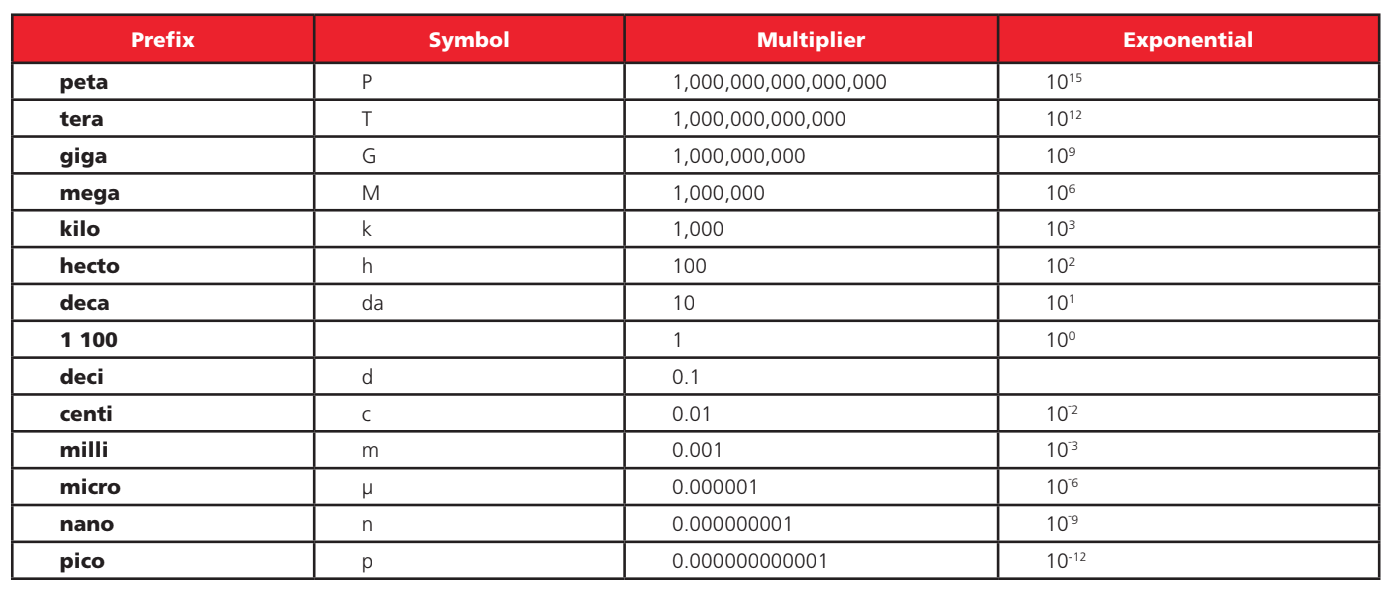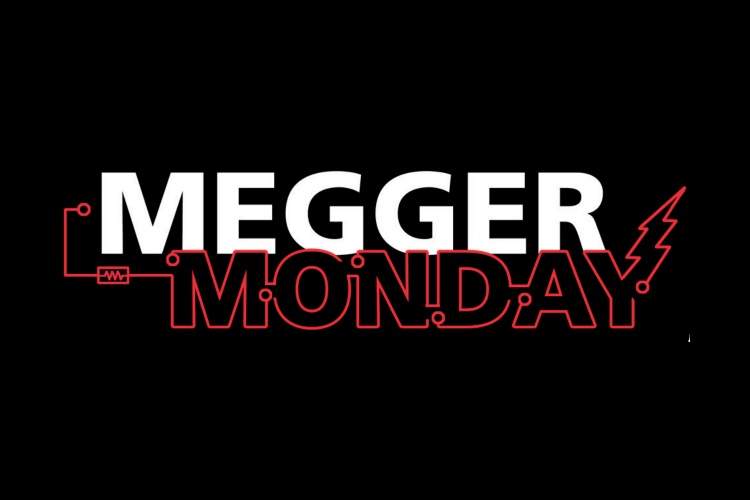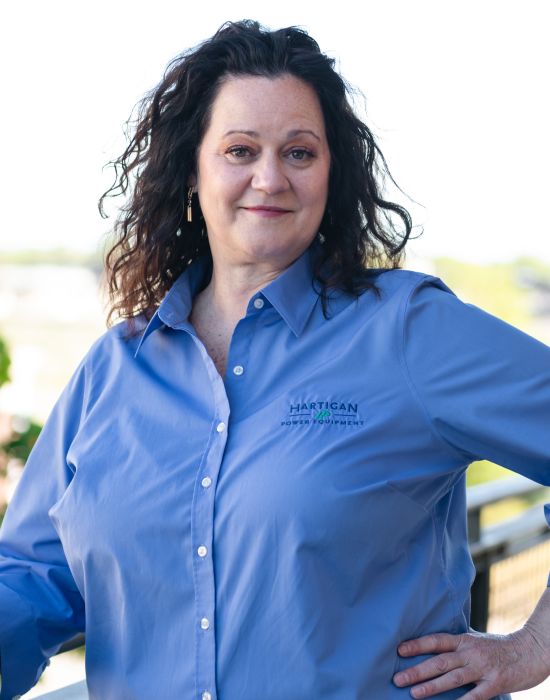From Megger Monday
Units of Measurement
What’s the most important thing on a test instrument’s display? The number, of course. This “rule” applies
pretty generally across the range of electrical test instruments, with a few, but not many, exceptions.
In the early days of instrumentation, that was often all the operator saw and so it took a bit of acumen
on his or her part to put it in perspective. Modern instrumentation, however, has provided a wealth of
additional information around the liquid crystal display, and so the present day operator is well advised to learn and pay attention to all indicators, as it will improve job performance and cut down on errors.
One bit of information now commonly displayed is the unit of measurement. Just what is the number actually
measuring; feet, inches, amperes, or what? In the case of insulation testing, we find a unique set of values, the
high resistance units of kilohms, megohms, gigohms and tera-ohms. The first two are well established; the second pair are relatively new. Let’s evaluate them all.
Kilohms
Kilohms are thousands of ohms. Therefore, 1 kΩ is 1000 ohms. “Kilo” derives from the metric system and the Greek word XíλІоІ (chilioi), meaning “thousand”. It is often found in common speech, as in “kilogram” and “kilometer”. If you see this on an insulation test, most likely you’re in trouble. This is the low end of the scale, below Megohms. It’s there mainly as a warning and an aid in reconditioning. The electrical industry generally heeds the “1 Megohm Rule” (increased by IEEE 43 in year 2000 to the 2 Megohm Rule) that you never want less than a Megohm in order to pass an insulation test. Therefore, to see kΩ as the unit of measurement generally means failure.
There are exceptions to this. Winding-to-winding insulation, since it’s not actually protecting the operator as does ground wall, is sometimes acceptable in thousands of ohms. The unit is also valuable in reconditioning equipment that otherwise should not be in service but which can be effectively restored. In a cleaning and drying operation, for instance, the kilohms will gradually rise into the Megohm range, indicating to the operator that he or she is on the right track to success.
Megohms
The familiar Megohms are the basic measurement of insulation testing in general since the beginning of the method, in the 1890s. The name derives from “Mega”, the Greek μέʏɑҫ, Romanized to mégas, “great”. A Megohm is a million ohms. It’s the least you want to see for most insulations. Possible exceptions are listed above, but for most electrical equipment, the test results should at least be in the Megohm range, with the additional rule, the higher, the better.
Megohm readings act much like a car odometer in reverse; they start out very high, commonly off the scale for new equipment, and then drift gradually lower as equipment wears. Barring catastrophic damage, such as flooding, lightning, fire and the like, equipment will age steadily and the insulation reading will give the operator an idea of where the piece is along its life cycle. The Megohm range is most critical for making determinations because it is here where the operator must start making repair or replace decisions. Therefore, the Megohm range is the pass/fail range.
Giga-ohms
Giga-ohms (often shortened to Gigohms) is derived from the Greek ʏíʏɑҫ (gígas), meaning “giant”. A Gigohm is a thousand Megohms; 109 on the metric scale. Now we have crossed into the realm of predictive/ preventive maintenance. The Gigohm scale is above any evaluation like “good” or “bad”. Nothing is “bad” that tests into the Gigohm range on a quality insulation tester.Until fairly recently, most insulation testers used in field work (expensive R&D models may have been an exception) barely extended into the Gigohm range. A “good” tester was one that measured to 20 “Gigs”, providing a little extra assurance that a “good” test item was indeed so. The familiar “infinity” (∞) reading of the old analogs was not actually a measurement, though many took it for that, but only meant that the tested insulation had a higher resistance than the tester could measure.
A tester ranging to a thousand Gigohms must be able to accurately measure minuscule amounts of leakage current getting through very good insulation. The principle value of this is that it enables the operator to establish a time line through several successive readings separated bya standard time interval, and then extend that line to indicate approximately when the test item may require servicing or replacement. It greatly reduces the chances of “unscheduled outage”.
Tera-ohms
Finally, we reach Tera-ohms (TΩ). The name derives from the Greek ᴛέρɑҫ (teras), meaning “monster”. In the metric system, this is 1012, or 1000 GΩ!!! That’s a lot of resistance! Who cares? Welcome to the future. Manufacturers of insulating materials are formulating better and better insulation macromolecules and the resistance values of new equipment are going up. Being able to measure these values gives the operator the benefit of long- range evaluation and planning. He or she doesn’t have to wait years for the numbers to come down before beginning to chart.
All Megger products will display these units along with the value. Especially with new employees and when data is being hand recorded rather than auto entry into a software program, be certain that units of measurement are understood and duly entered. Mistaking a “Meg” for a “Gig” can be costly.









